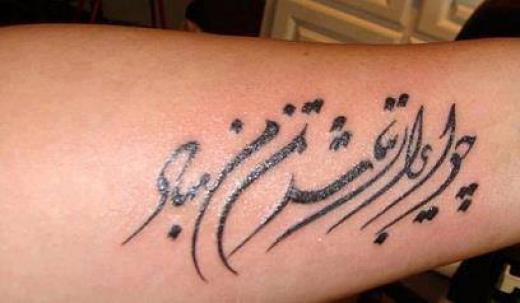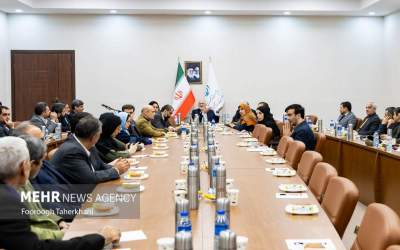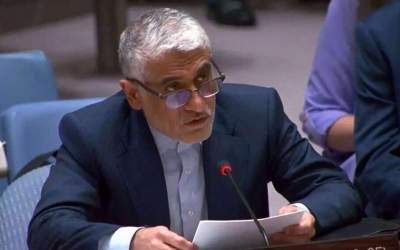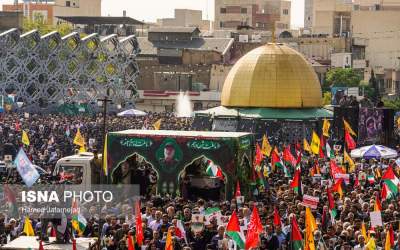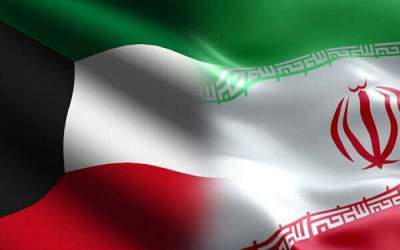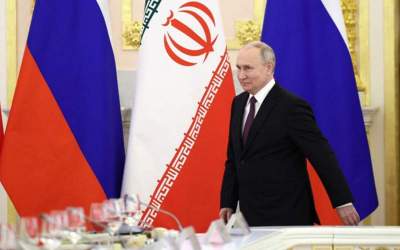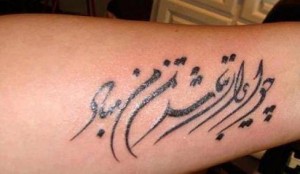 This tattoo features a line from a Persian poem: "If Iran no longer existed, I would no longer want to exist either."[/caption]
This tattoo features a line from a Persian poem: "If Iran no longer existed, I would no longer want to exist either."[/caption]In Iran, tattoos were long considered only fit for criminals. But in the past few years, they have become popular with the younger generation, which has abandoned the Persian word �khalkoobi� for the western term �tattoo�. However, Iran�s thriving tattoo scene remains underground.
While there is no specific law against tattoos, the Iranian authorities use Islamic law to denounce it, as they do with many�other trends considered too �Western�. When they arrest criminals and parade them in public � a common practice in Iran � they sometimes�show off men�s tattoos�as �proof� of their guilt. Meanwhile, athletes are forced to�hide theirs�under band-aids during competitions.
All tattoo artists work underground, usually in the back rooms of beauty and tanning salons. Some have picked up their skills abroad, in the United Arab Emirates or in Iraqi Kurdistan, and returned to teach others. While their ranks are growing, some Iranians still prefer to go abroad to get more complicated tattoos.
�The authorities see tattoos as a sign of Westernization, but many clients ask me for Persian designs�
Sara is a tattoo artist who has been practising in Tehran for several years now.
I was trained with a master for about six months, and then did simple designs under his supervision for several years, before I started to work independently. Now, many people have requested that I teach them; meanwhile, my master had continued to teach others. The field is growing quickly.
However, working as a tattoo artist in Iran is very difficult. Everything is complicated, from the very start. For example, it is hard to obtain decent machines; we have to import them from abroad. Fortunately, these last a very long time. But then, there is the ink. I use high-quality colours, so I have to rely on friends who travel abroad to bring them back for me.
Sadly, the authorities are against this art form, for the same reason that they oppose things like�men�s ties�� they think it is a sign of Westernisation. They shouldn�t worry, because many customers actually request tattoos with Iranian elements, like images of Zarathustra,�Akhemenid�soldiers,�Faravahar�symbols,�Nastaliq�calligraphy, and even images of�The Book of Kings.
��When the policeman saw I wore a scarf and a hijab, he changed his mind and said he would not report me�
About seven months ago, a policeman posed as a customer. However, when he saw I wore a scarf and a hijab, he changed his mind and said he would not report me. I was very lucky, and since then, I�ve become more careful in choosing my clients. Fortunately, my work is of high enough quality that when one of my customers is satisfied with their tattoo, they�ll refer me to more clients.
The majority of my clients are men, mostly from the middle and upper classes. Women get fewer tattoos, at least before they get married. Many of my own friends tell me that they don�t want to get tattoos before marriage because they�re afraid their husbands might not like it or even think poorly of them. What�s certain, however, is that today in Iran, tattoos are no longer for criminals, but for anybody who wants to look good! In the last few years, Iranian tattoo artists have learned to create three-dimensional and shaded tattoos. In my opinion, modern tattoos are true works of art.
By France 24
The Iran Project is not responsible for the content of quoted articles.
